
- Written by: Gordon Brockhouse
Since 2018, the SoundStage! Network has been a member of the Expert Imaging and Sound Association. Each year, EISA presents awards in six categories: photography, mobile devices, in-car electronics, home-theater display, home-theater audio, and hi-fi. The SoundStage! Network is a voting member in the hi-fi category.
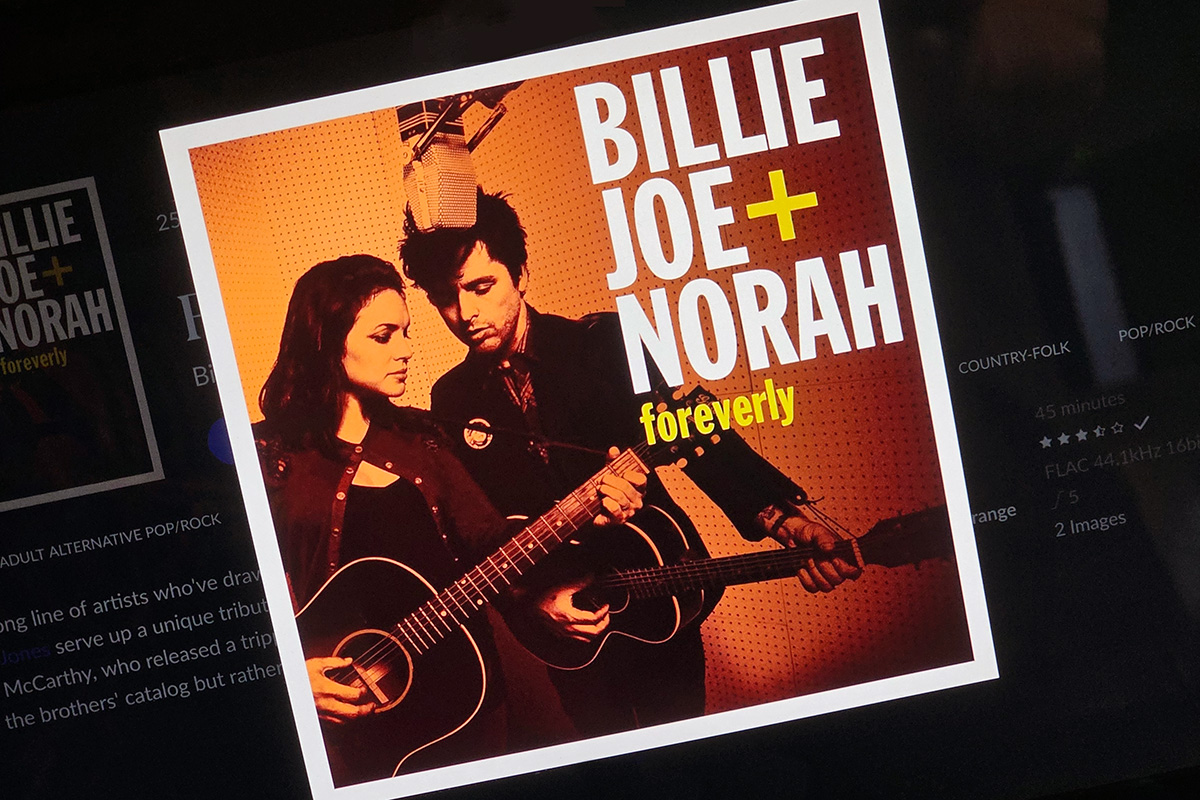
- Written by: Gordon Brockhouse
In mid-July, a SoundStage! reader posed this question on SoundStage! founder Doug Schneider’s LinkedIn page: “Can someone point me to an article that tells me in simple terms why I should be using Roon?”

- Written by: Gordon Brockhouse
Sometimes when things don’t work out the way you’d planned, it’s all for the best. This article is a case in point. In my June 1 feature, “Lakeside Streaming,” I explained how I’ve made it simple for guests to stream video and music to the various TVs and smart speakers in our vacation home. In the conclusion of that article, I noted that I use Roon for music playback at home and explained how the Roon ARC app lets me access my Roon library when I’m away from home. “But Roon ARC is a subject all of its own,” I added, “which I’ll tackle later this summer.” That time has now come.

- Written by: Gordon Brockhouse
Among my better half’s innumerable gifts is an acute nose for real estate. I experienced this firsthand seven years ago, when we were enjoying a two-week holiday in Southampton, Ontario—a funky little Canadian beach town on Lake Huron. In addition to its lovely beaches, Southampton has some excellent restaurants, good shopping, an interesting history, and glorious sunsets.
Read more: Lakeside Streaming—Network Entertainment at a Vacation Home

- Written by: Gordon Brockhouse
Making predictions is a risky business. You can look like a genius if things work out the way you say they will, or a doofus if they don’t. In my annual “State of Streaming” feature, which was published February 15 on Simplifi, I made four predictions: Spotify would finally launch its lossless music service; Apple would release its long-awaited classical-music app; Apple might introduce an enhanced version of AirPlay that supports hi-rez audio (and possibly spatial audio as well); and Tidal might make it easier for subscribers to listen to Atmos-encoded multichannel music. I was quite confident about the first two predictions, moderately confident about the third, and only mildly so for the last one.
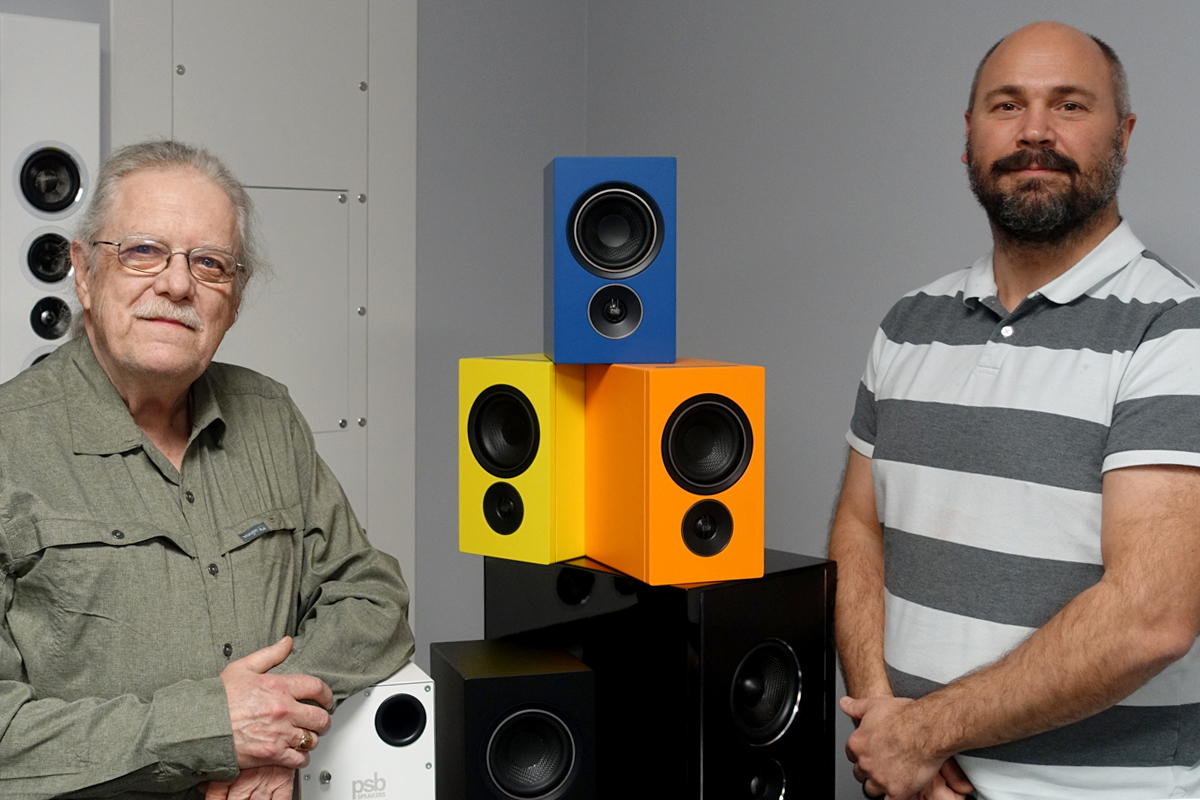
- Written by: Gordon Brockhouse
Canada’s PSB Speakers was founded in 1972 by Paul Barton. PSB celebrated its 50th anniversary on July 1 (Canada Day) last year with the release of the Passif 50 ($2499/pair, all prices in USD): a retro-inspired design that evokes PSB’s Passif I and Passif II models from the 1970s.
Read more: Active Voices: An Interview with Paul Barton and Rob Nicholls of PSB Speakers
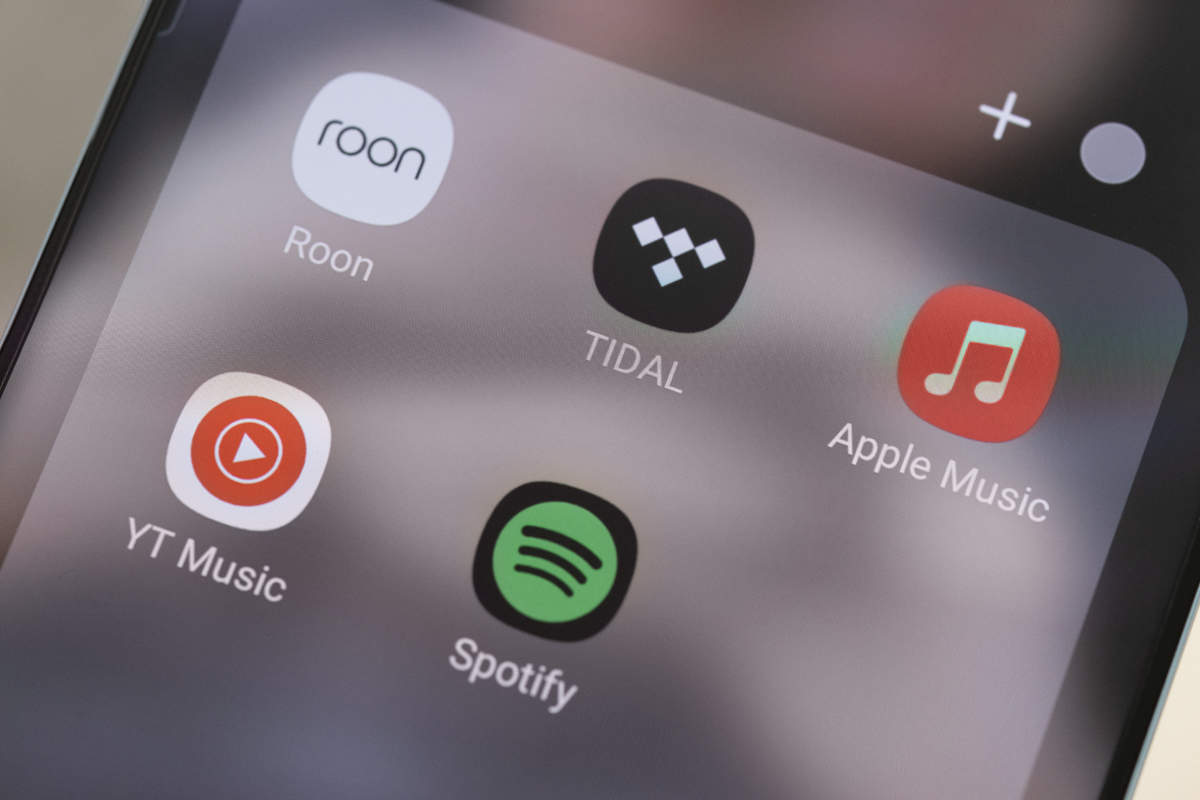
- Written by: Gordon Brockhouse
Typically, articles predicting developments for the coming year come out in early January, or even late December. But here we are, two weeks into February, and Simplifi finally has a feature outlining what we can expect from music streaming in 2023. Do I feel badly about this delay? Not in the least. Because when it comes to lateness, I have nothing on Spotify and Apple Music. Those streaming giants have both missed self-imposed deadlines by well over a year. With that excuse out of the way, here are three streaming stories I’ll be watching in 2023.
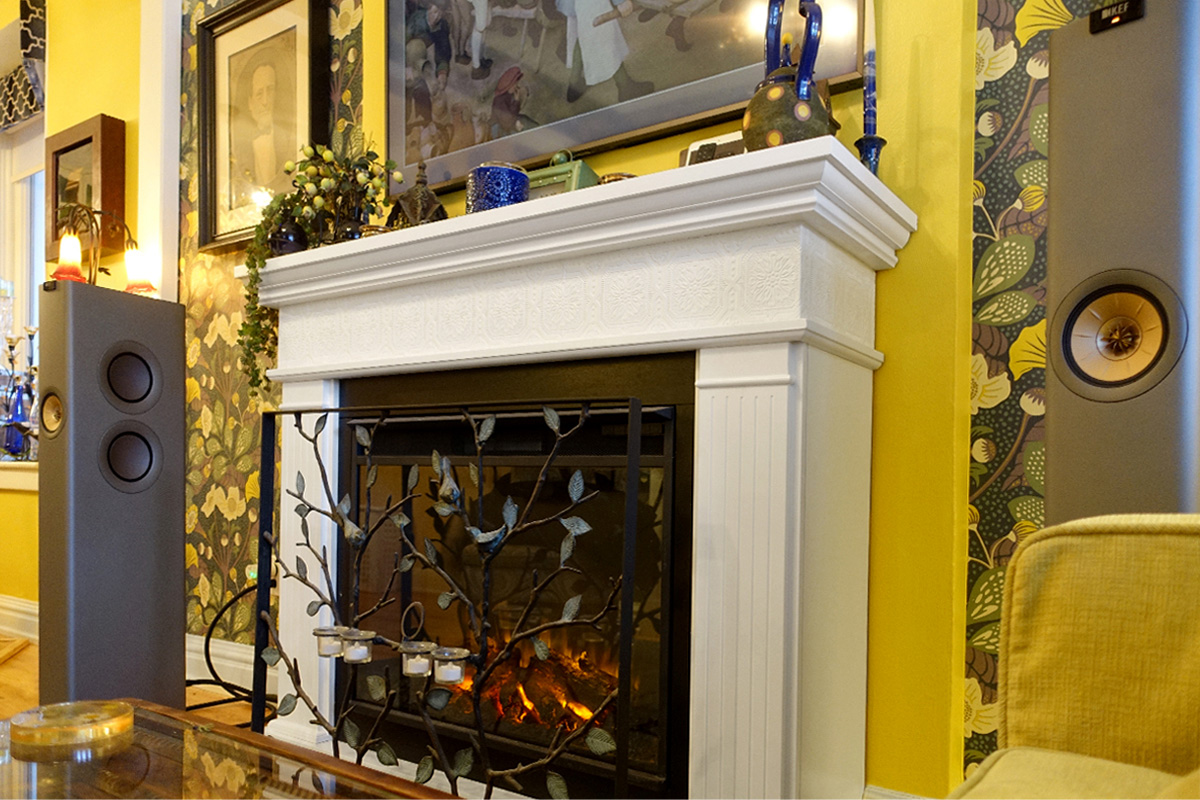
- Written by: Gordon Brockhouse
Sometime last spring, it became clear to me that I’d be upgrading my hi-fi setup before the year was out. Not that I was dissatisfied with the gear I already owned—quite the contrary. I loved listening to that system, which comprised an NAD C 658 streaming DAC-preamp ($1999, all prices in USD), a pair of Elac Navis ARF-51 active floorstanding speakers ($3999.96/pair), and an SVS Micro 3000 subwoofer ($899.99). That system has provided countless hours of listening pleasure for me, my music-loving missus, and visitors to our home.
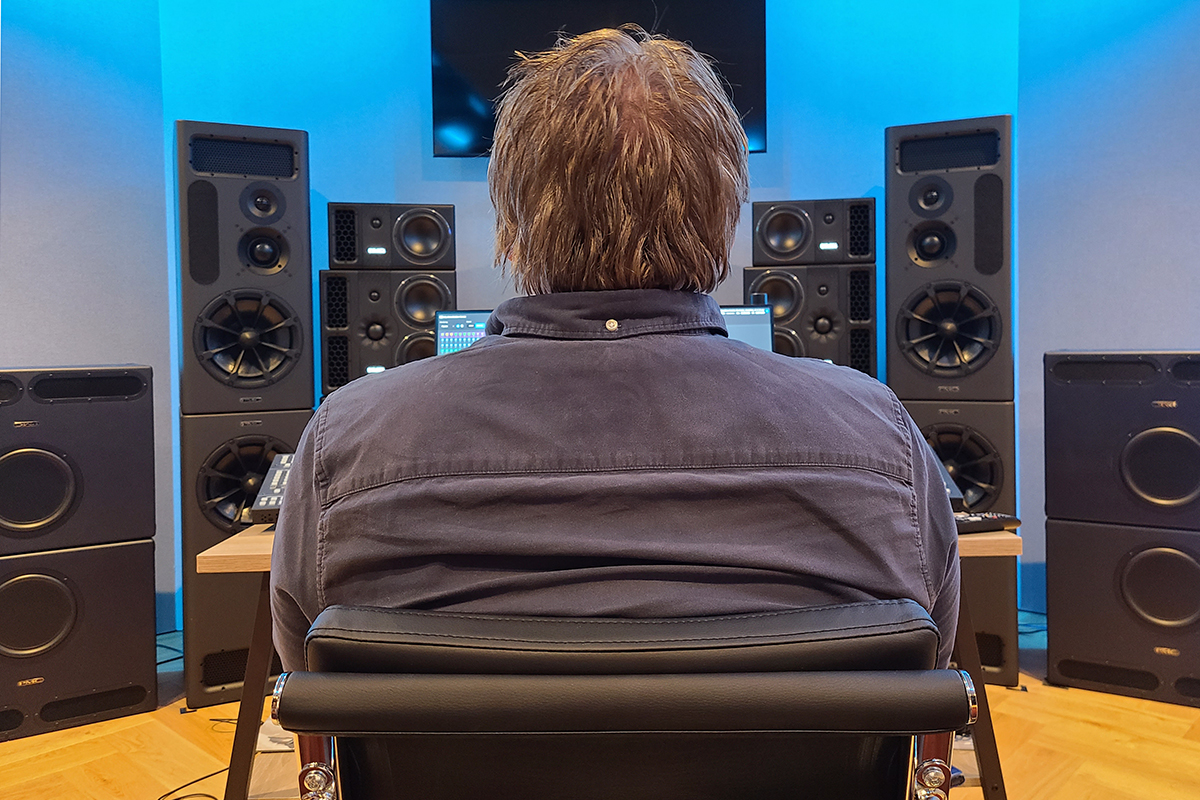
- Written by: Gordon Brockhouse
Since the 1970s, record labels and audio manufacturers have been trying to convince music lovers to move beyond two-channel stereo. Music doesn’t just happen in front of us, argue proponents of surround music; it happens all around us. We could get a better experience if we added speakers beside and/or behind the listening position.
Read more: Mix Master: PMC's Heff Moraes on Making Music in Atmos
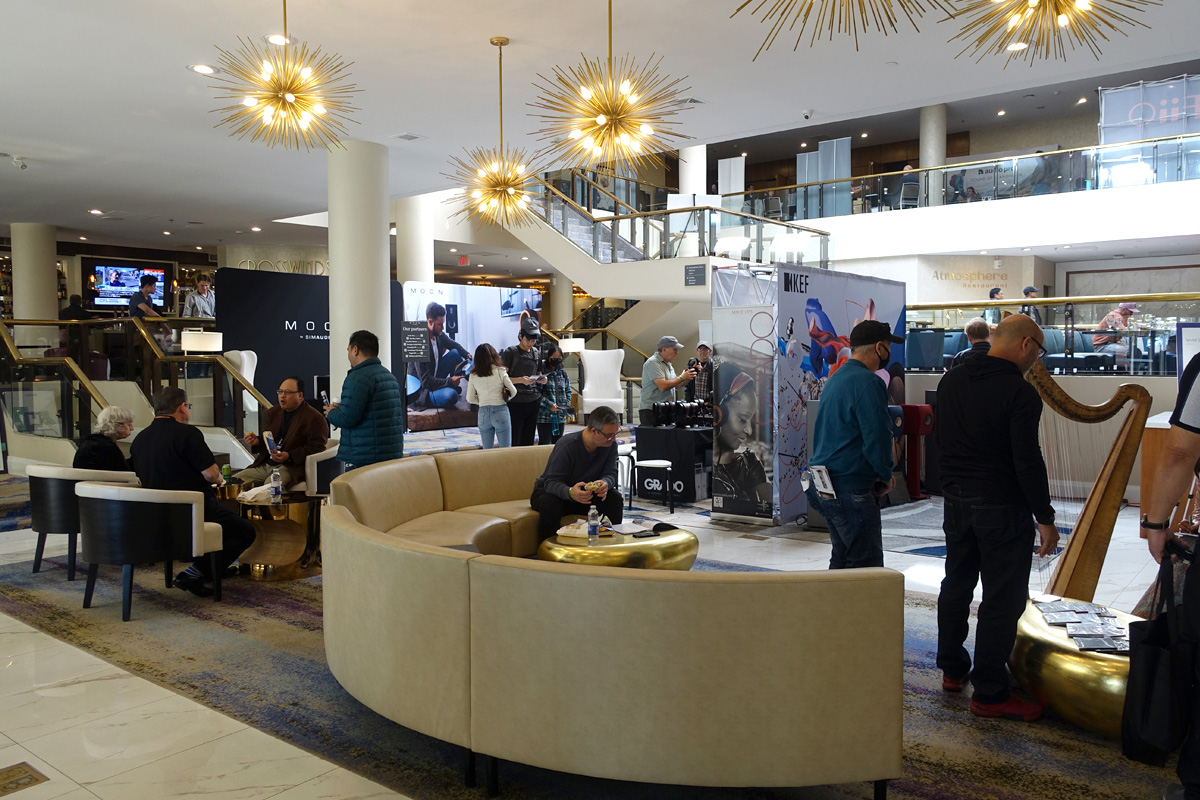
- Written by: Gordon Brockhouse
How would you rather spend a glorious Canadian autumn weekend? Walking in the park? Taking a drive in the country? Raking the leaves? Or roaming the halls of a generic suburban hotel?
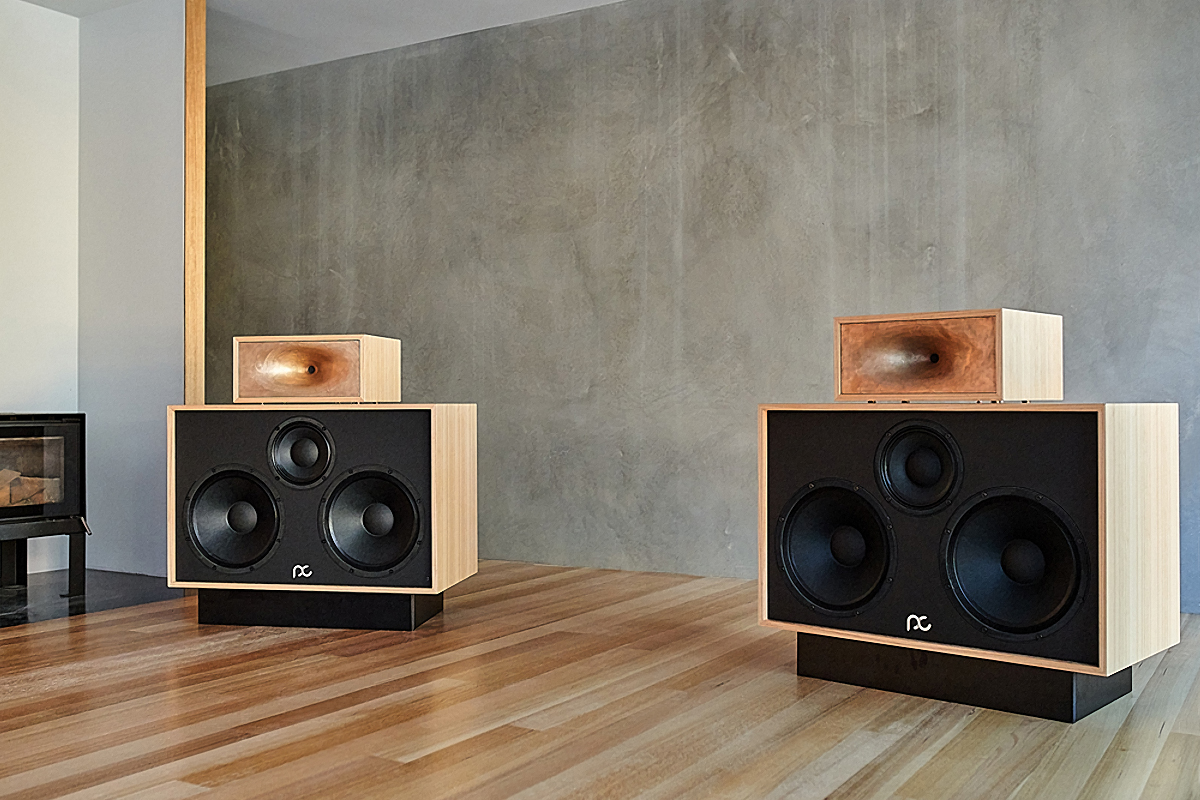
- Written by: Gordon Brockhouse
Lately, I’ve been enjoying the SoundStage! Audiophile Podcast, which is hosted by Brent Butterworth, senior editor of SoundStage! Solo, and Dennis Burger, senior editor of SoundStage! Access. Brent and Dennis tackle a wide range of topics and do a ton of preparation for each episode. The production is polished, the discussions are well-informed and thought-provoking, and the presentation is casual and inviting.
- Evolving Hi-Fi: My Journey with a Fleet of Devialet Silver Phantoms
- Simplifi'd Hi-Fi at Munich High End–and Elsewhere
- How We Listen
- Wayback Playback
- Listen While You Work
- The State of Streaming—2022
- Why "Simplifi"—Five Years Later
- The Evolution of BluOS: An Interview with Lenbrook's Andrew Haines
- Dolby Atmos Music in Your Home
- The Big Switch
- I'm Only in It for the Money
- Encore! Encore! An Interview with Patricia Barber, Jim Anderson, and Ulrike Schwarz
- The New Apple Music
- Moving Forward with Formation: An Interview with Andy Kerr of Bowers & Wilkins
- Glory Days
- Spotify Goes Lossless
- In Defense of Streaming
- Tinkering Simplifi'd
- Simplifi Defined
- Going Deep with Artison
- A Simplifi Yearbook
- A Perfect Pair
- The Critical Component
- Has the Time Come for Surround Music?
- My Top Ten Products of the Last Two Years
- Turning Pro
- All About That Bass
- Gently Down the Stream
- Big Events
- Rules of the Game
- The Name Game
- January 1, 2020: The State of Streaming
- Warsaw’s Audio Video Show 2019, Simplifi’d
- Toronto Audiofest 2019, Simplifi'd
- Hi-Rez à-Go-Go
- Streaming the Classics
- Play Nice Together -- An Interview with Rob Darling of Roon Labs
- Active Voices, Part Three: KEF's Jack Oclee-Brown
- High End 2019, Simplifi'd
- Active Voices, Part Two: Axiom Audio's Andrew Welker
- Montréal Audio Fest Simplifi'd
- Active Voices, Part One: Elac's Andrew Jones
- Let's Keep it Simple
- A Roon of One's Own
- How I Simplifi'd My Wi-Fi
- Are Downloads Dead?
- Hi-Rez Streaming: Tidal vs. Qobuz
- Toronto Audiofest 2018 Simplifi'd
- How I Simplifi'd My Hi-Fi
- Time to Celebrate: Five Years of Google Chromecast
- How Good Can Voice Recognition Get?
- Are Smart Speakers Any Good for Audiophiles?
- High End 2018, Simplifi'd
- Is the Smart Speaker a Dumb Idea?
- What's Up with Apple AirPlay 2?
- The Spotify Dilemma
- CES 2018, Simplifi’d
- Farewell, CES
- Room Tunes
- Social Streaming
- CEDIA 2017, Simplifi’d
- Classical Prime Time
- The Röst Reconsidered
- High End 2017, Simplifi'd
- Vinyl: There's an App for That
- Metadata: Life with Roon
- The Internet and Audio: The Good, the Bad, and the Impossible
- The State of Streaming
- CES 2017, Simplifi'd
- Why "Simplifi"
SoundStage! Simplifi is part of
All contents available on this website are copyrighted by SoundStage!® and Schneider Publishing Inc., unless otherwise noted. All rights reserved.
This site was designed by RocketTheme, Karen Fanas, and The SoundStage! Network.
To contact us, please e-mail info@soundstagenetwork.com





